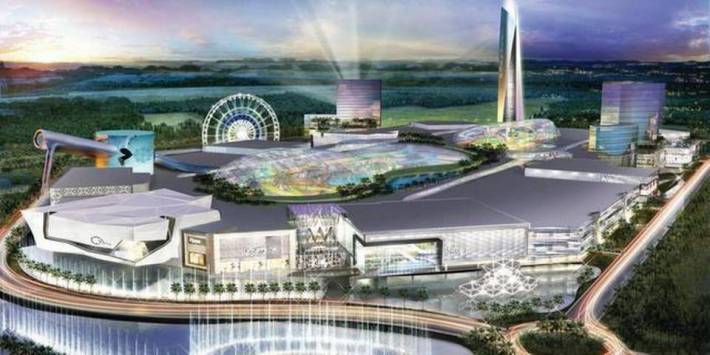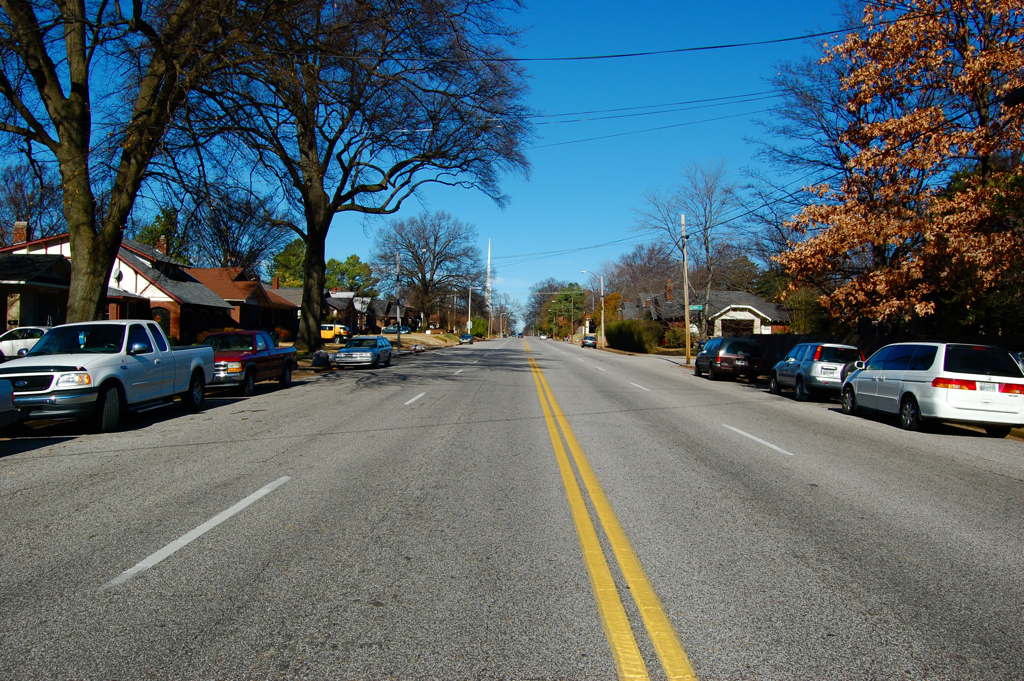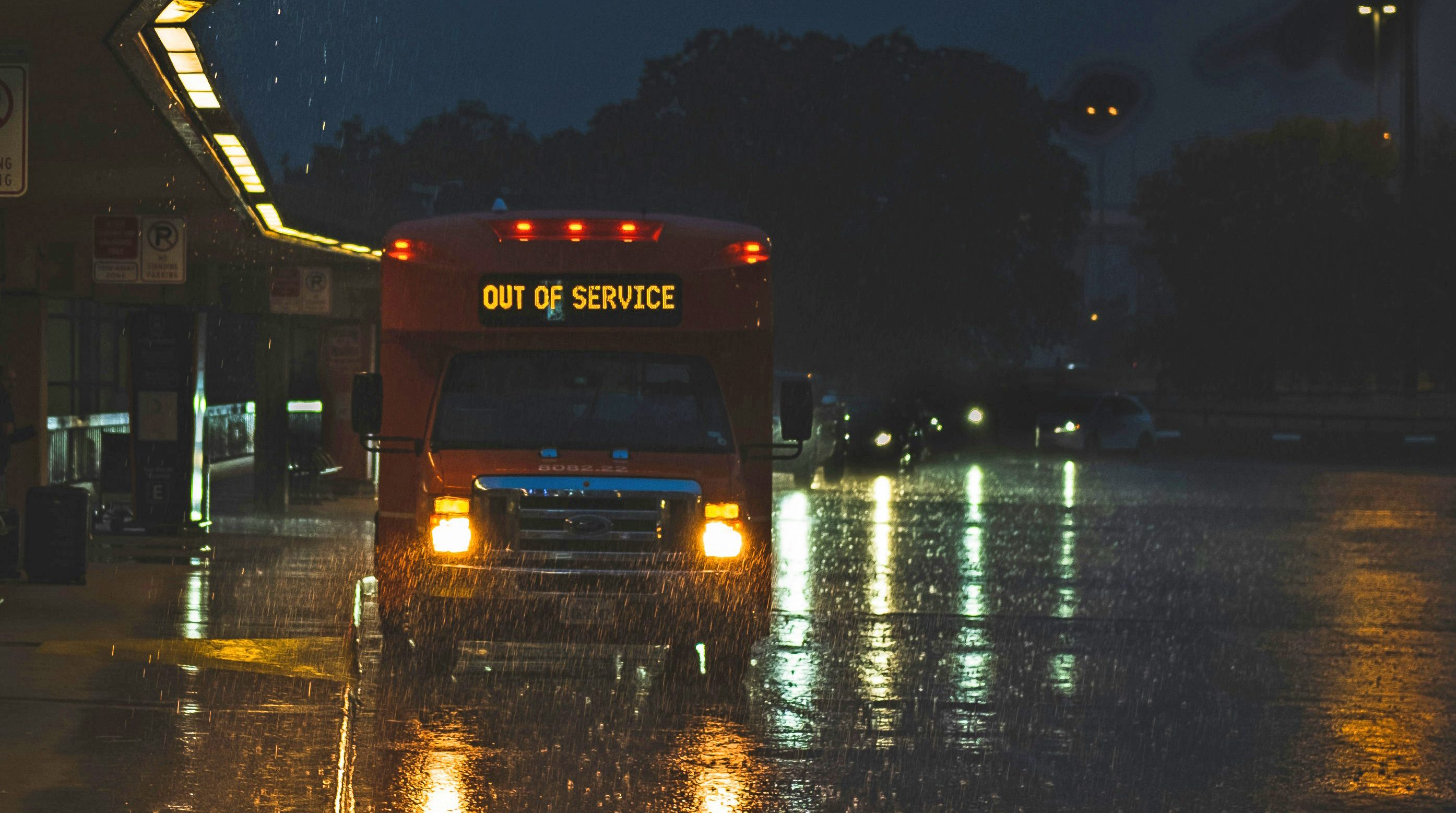
Forget what you've heard about the death of American shopping malls. Yesterday, Miami-Dade Mayor Carlos Gimenez unveiled plans for a 200-acre megamall complete with "submarines, a Legoland, sea lions and an artificial ski slope."
"American Dream Miami," as they call it, would be the largest mall in America, according to the Miami Herald. The corporation behind the plan is Triple Five, owners of the Mall of America in Minneapolis. Triple Five estimates that the enormous development would cost as much as $4 billion to construct and would eventually employ 25,000 people.
This behemoth would rise on undeveloped land between two major highways not far from the urban growth boundary, and Triple Five is currently negotiating with local officials on the purchase. The exact dimensions of the proposal haven't been released, but developers claim it would be larger than the Mall of America, which is 4.2 million square feet.
Mayor Gimenez has become a major booster, apparently intrigued by the economic prospects. He told the Miami Herald, "there’s going to be a huge spin-off."
But there are plenty of red flags. Marta Viciedo of the Miami non-profit Urban Impact Lab said that environmental analyses have shown the project site is in the "most flood prone and sea level-rise prone areas of Miami-Dade County" -- lowland areas by the Everglades.
The area is already notorious for traffic congestion and completely inaccessible by transit, she said.
"All these jobs are going to be low paid," she said. "How are people going to get there?"
Even if the developer funds transit service to the site, the traffic impacts would be huge, and probably very costly for the region, said Viciedo.
Then there's the question of whether Triple Five will require subsidies itself. The development will be "largely modeled," the Herald reports, off Triple Five's "American Dream Meadowlands" project in New Jersey. After more than 10 years under construction, it is still not complete, and in 2011, developers had to seek a $400 million bailout from the state of New Jersey to avoid bankruptcy.
The $2 billion American Dream project has also received $800 million from bonding by local municipalities -- four times more than Triple Five itself invested, according to Inside Jersey Magazine, which called it the "butt of jokes for the past decade."





